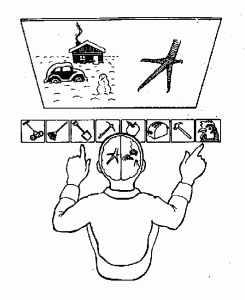Conflict management in an online classroom
I had the pleasure of being interviewed by Marina Kostina, the author of “Teach Online,” for her blog series at Effective Online Teaching & Training a few weeks ago. We talked about conflict management in a virtual classroom. Here is the video of our interview.
Other cyberpsychology articles and resources:
Blog “Positively Media: How we connect and thrive through emerging technologies” by Pamela Rutledge.
The Dark Sides of Our Digital Self by Steven Handel.
The Emotional Reality of Virtual Relationships by Nancy J. Smyth.
Understanding Interpersonal Drama in Virtual Worlds by Nancy J. Smyth.
The Cyberbullying Research Center http://www.cyberbullying.us/.
StopBullying.gov provides information from various government agencies on how kids, teens, young adults, parents, educators and others in the community can prevent or stop bullying.
If you need immediate help, contact:
National Suicide Prevention Lifeline
1-800-273-TALK (8255)
It is there 24/7. It is free and confidential.
The Trevor Project is determined to end suicide among LBGT teens and young adults by providing resources and a nationwide, 24-hour hotline.
866-4-U-TREVOR (866-488-7386).



